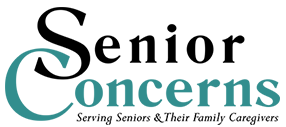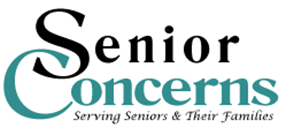By Betty Berry, Tuesday, February 16, 2010 Q: I recently made a purchase and paid for it with a check. When I received my bank statement, it showed that check to be an electronic check conversion. Can you explain?
A: What you experienced was a process where your check was used as a source of information — but the check itself was not considered as the method of payment. That information was then used to make a one-time electronic payment from your account.
When you provide your check, you must be given notice that the information from your check will be used to make an electronic payment from your account.
This notification likely is provided by a sign posted at the cash register. In a few instances it may be given in a written notice that you could be asked to sign.
You may also encounter an electronic check conversion when you mail a check to pay a bill. The billing statement from the company includes information telling you that your check will be used to make an electronic payment from your account.
There are some differences between electronic check conversions and using a check as payment. The electronic transaction will be processed faster than a check will clear the bank. This makes it necessary that you have enough money in your account to cover the purchase.
You also have different consumer rights. You have the right to receive notice explaining how the information from your check will be used and the right to notice about any fee the merchant will collect electronically if there is not enough money to cover the transaction. This is similar to a “bounced check” fee.
You have the right to receive a receipt when making a purchase from a store. The receipt should include date, amount, location and name of the merchant. You also have the right to have this same information included as part of your account statement from your financial institution.
You have the right to ask the financial institution to investigate electronic fund transfers that are unauthorized or incorrect.
Before you leave the store, make sure that you received a receipt and that it matches the purchase you just made.
When you receive your account statement, make sure the charges on the statement match your records. If you discover a problem, contact your financial institution right away.
Q: In one of your columns, you provided contact information for the ElderCare Locator. I’ve misplaced it; could you provide it again?
A: The ElderCare Locator is a nationwide directory assistance service designed to help seniors and their caregivers find needed support resources.
The ElderCare Locator is available Monday through Friday, from 6 a.m. to 5 p.m. Pacific time. The toll-free number is 800-677-1116.
Be prepared to provide the city and county or the ZIP code for the senior you are assisting. Also, give a brief description of the problem you are trying to resolve.
Happenings
Feb. 25: Panel presentation on “Financial Safety in the Golden Years”: 9 a.m. to noon, Brookdale — The Lexington, 5440 Ralston St., Ventura. Call 644-6710 for reservations.
Feb. 27: Presentation on “Aid and Attendance Benefit for Wartime Veterans”: 2:30 p.m., Royal Gardens of Camarillo, 903 Carmen Drive. Call 484-2777 for reservations.
— Betty Berry is a senior advocate for Senior Concerns. The advocates are at the Goebel Senior Adult Center, 1385 E. Janss Road, Thousand Oaks, CA 91362; phone 495-6250 or e-mail betty@seniorconcerns.org. You are invited to submit questions on senior issues.




